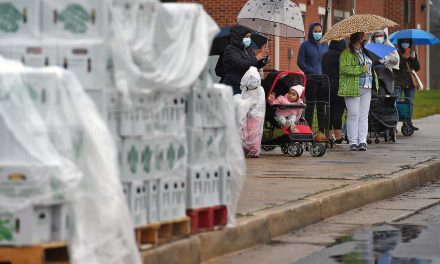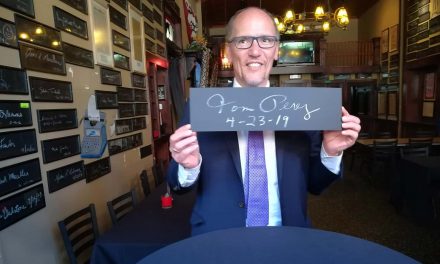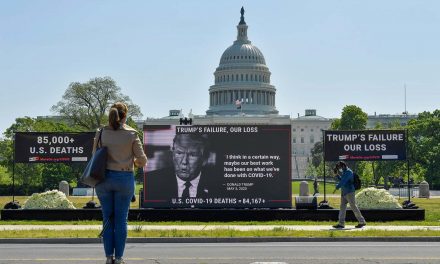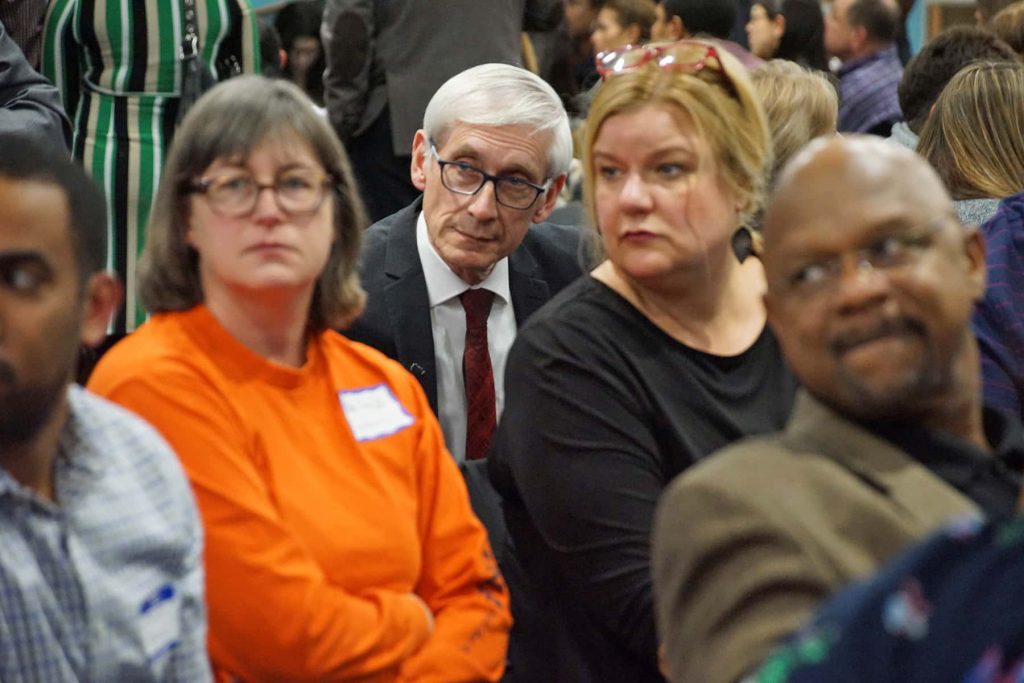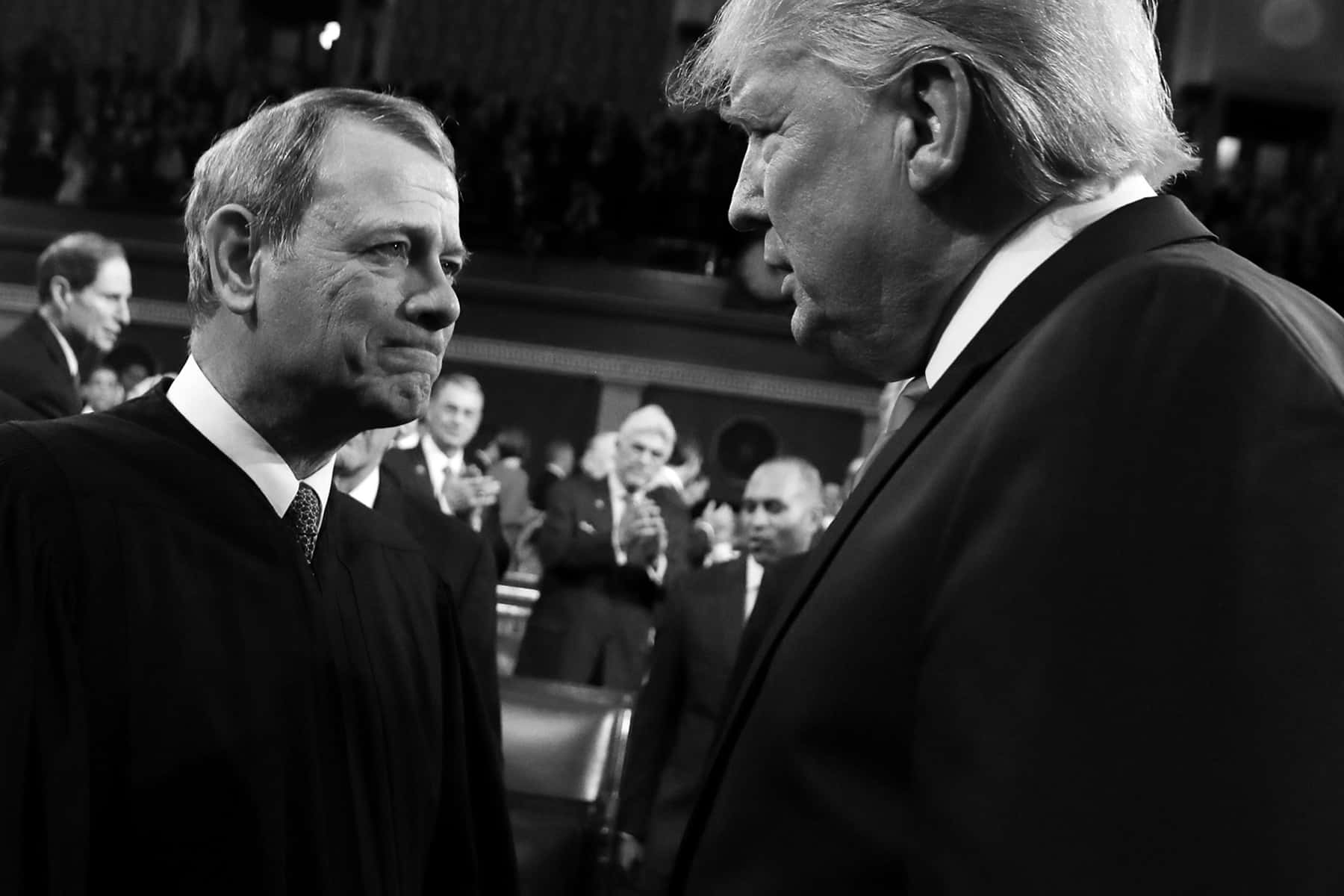
Civil rights activists marched, were jailed, and sometimes killed in their efforts to achieve equal rights and voting rights for all Americans, including pressuring Congress to pass the Civil Rights Act of 1964 and Voting Rights Act of 1965. Meanwhile, segregationist Klan members marched in hooded robes and lynched black people in an effort to terrorize the civil rights movement. Simultaneously, their Dixiecrat allies in Congress like Strom Thurmond filibustered for weeks to try to prevent the Civil Rights Act and the Voting Rights Act from being passed. Fortunately, they ultimately failed.
Now, John Roberts and his right-wing judicial cohorts have spent three decades undermining these laws in court to make them all but useless. In that sense the Roberts Court is as bad as racist Dixiecrats who terrorized civil rights activists and filibustered civil rights laws. I don’t like hyperbole, but after the Supreme Court’s recent 6-3 decision gutting the Voting Rights Act, it’s not unfair to suggest that Roberts and his right-wing judicial colleagues may wear black judicial robes instead of hooded white ones, but their impact on civil rights is just as bad as that of overt racists.
A Lifelong Crusade Against Voting Rights
Ever since he graduated from Harvard Law School, Roberts personal political crusades have been to undermine protections for voting rights, enable voter suppression, turn a blind eye to gerrymandering and increase the influence of big money in politics.
After clerking for right-wing Chief Justice William Rehnquist, a twenty-something John Roberts went to work directly for President Reagan’s Attorney General, and was handed the job of making the case against renewing key provisions of the historic Voting Rights Act of 1965. “I remember him being a zealot when it came to having fundamental suspicions about the Voting Rights Act…” recalls a colleague at the Justice Department.
Making it hard to prove voter suppression was Roberts’ expressed goal. According to one of Roberts’ memos, violations of the key protections of the Voting Rights Act “should not be made too easy to prove.” Roberts allied in his efforts with segregationist Senator Strom Thurmond who had filibustered to block every civil rights bill. Back then, Roberts and Thurmond lost the argument and the extension of the Civil Rights Act passed the Senate 85-8 and by a near-unanimous House voice vote.
Roberts and Thurmond may have lost their argument to block a meaningful Voting Rights Act extension in 1981-82. But Roberts had the last laugh.
He worked his way up in Republican and Federalist Society political circles, rotated between corporate law and jobs in Republican White Houses, was appointed by George W. Bush as a judge on the D.C. Circuit Court of Appeals, and then in 2005, was nominated to succeed his old boss, William Rehnquist, as Chief Justice of the Supreme Court.
Testifying against Roberts’ nomination, Rep. John Lewis, who was beaten nearly to death marching for voting rights in Selma, Alabama, said:
Had Judge Roberts’ narrow reading of the Voting Rights Act prevailed, fewer people of color would be serving in Congress and at both the state and local level today. We cannot afford to elevate an individual to such a powerful lifetime position whose record demonstrates such a strong desire to reverse civil rights gains that so many of us sacrificed so much to achieve.
The Senate confirmed Roberts’ nomination, and he set out to use the Supreme Court to neuter the Voting Rights Act that he had so passionately opposed. As Justice Sonia Sotomayor wrote in her dissent to the Court’s virtual dismantling of the Voting Rights Act:
If a single statute represents the best of America, it is the Voting Rights Act. It marries two great ideals: democracy and racial equality. And it dedicates our country to carrying them out… Citizens of every race will have the same shot to participate in the political process and to elect representatives of their choice. They will all own our democracy together—no one more and no one less than any other.
How the Roberts Court Destroyed the Voting Rights Act
The Roberts Court’s destruction of”the best or America” occurred with two big swings of his axe, aimed at chopping off the two main branches of the Voting Rights Act. The first branch to get the axe was to prohibit enforcement of Section 5 which required that states and counties with a history of racial discrimination in voting get preclearance from the Justice Department or a court for changes in their voting laws to be sure that they do not result “in a denial or abridgement of the right of any citizen of the United States to vote on account of race or color.”
In an act of extraordinary judicial overreach, Roberts declared in his 5-4 decision in Shelby County v. Holder in 2013 that the racially discriminatory practices of the states that required preclearance no longer existed. Accordingly, Congress was wrong in renewing the preclearance provisions of the Act and indeed violated the Constitutional rights of the States to set their own voting laws. His decision held preclearance based on Congress’s findings of racial discrimination to be unconstitutional and unenforceable.
It did not take long to prove how wrong Roberts was that the protections or Section 5 were no longer needed to protect voting rights. The day after the Supreme Court’s decision, North Carolina’s Republican-controlled legislature passed a voting law that “with almost surgical precision” made it harder for minorities to vote. According to The Brennan Center, in the eight years following the decision, 23 states passed voter suppression laws.
As Justice Ruth Bader Ginsburg wrote in her dissent, “throwing out preclearance when it has worked and is continuing to work … is like throwing away your umbrella in a rainstorm because you are not getting wet.” Since then, American voters have gotten soaked.
But Roberts wasn’t done. Now in 2021, the Roberts Court has taken an axe to the other main branch of the Civil Rights Act: Section 2, which allowed voters to seek judicial relief if they believe a state or local government has denied or limited their voting rights on the basis of race, color or membership in a minority group.
In Bronovich v. Democratic Committee, a 6-3 right-wing Supreme Court majority ruled that Arizona laws voiding votes cast at the wrong polling place and banning third parties from delivering absentee ballots were not discriminatory.
But the near destruction of Section 2 of the Voting Rights Act achieved by the Roberts Court under Bronovich was not mainly due to the two specific laws which it upheld. It was due to the nearly insurmountable obstacles that the Court placed on winning any cases of voter suppression under the Voting Rights Act.
“The majority’s opinion mostly inhabits a law-free zone,” wrote Justice Elena Kagan in her dissent. In the majority opinion assigned to him by Justice Roberts, Justice Alito ignores the text of the Voting Rights Act and makes up his own, virtually insurmountable set of five criteria (he calls them “guideposts” rather than rules) for determining whether a voting law is discriminatory. Among Alito’s made-up factors:
- The size of the obstacle to voting caused by a voting rule is “highly relevant,” he argued. “Mere inconvenience cannot be enough to demonstrate a violation.” So for Alito, the fact that Native American voters living on reservations might have to drive several hours to drop off a mail-in ballot was not a sufficient inconvenience to find the ban on third parties delivering mail-in ballots had a sufficiently discriminatory impact on Native Americans.
- Alito proclaimed that voting rules similar those in effect in 1982 when the Voting Rights Act was last extended are likely to be legally non-discriminatory. “It is relevant,” wrote Alito, “that in 1982 States typically required nearly all voters to cast their ballots in person on Election Day and allowed only narrow and rightly defined categories of voters to cast absentee ballots.” Alito is giving license to states to limit or restrict absentee voting, even if it has a discriminatory impact or intent, since absentee voting was rare in 1982.
- Most alarmingly, echoing Trump’s “steal the vote” campaign, Alito finds that a state’s claim that a statute is justified to prevent “voter fraud” is relevant in determining if voter discrimination is illegal. Alito provides absolutely no evidence that voter fraud is a problem and neither did the State of Arizona in its defense of its voter law.
After Bronovich, election law expert Richard Hasen writes,
States don’t have to prove fraud at all. It is a license to give tenuous excuses, excuses Republican legislatures are increasingly likely to give in the era of the ‘big lie’ that the 2020 election was stolen from Trump…[C]onservative Justices are leading the United States back to a time when racial discrimination in voting was easy, voting lawsuits hard, and political activity conducted behind a veil of secrecy.
What Can Be Done?
So what can be done to stop the voter suppression laws being enacted by Republican legislatures and sanctioned by six Republican Justices on the Roberts Supreme Court?
First, it’s even more important than ever that the For the People Act and the John Lewis Voting Rights Act become law. They will protect the sacred right to vote and overturn The Supreme Court’s disastrous undoing of the Voting Rights Act of 1965. And if the filibuster has to be eliminated to pass these laws by a simple majority, at least as it applies to voting rights legislation, then bring it on. The argument by some “moderate” Democrats that democracy requires protecting the filibuster, even as over 20 Republican legislatures pass voter suppression laws on party line votes, is absurd on its face.
Second, it’s essential to pass the Judiciary Act of 2021 which expands the number of Supreme Court Justices from nine to thirteen. Republicans have packed the Supreme Court with far right-wing judges who frown on voting rights and protect corporate rights. Mitch McConnell refused to even give Merrick Garland a hearing, so he could save the seat for a Republican (Neil Gorsuch) and then rushed the nomination of Amy Coney Barrett through right before the election to block Joe Biden from making the nomination. Gorsuch and Coney Barrett could easily serve for another 40 years. McConnell virtually stole those seats. Adding four Justices would unpack the Court.
Democracy is in an existential crisis. It will take strong action if we hope to preserve it.
Miles Mogulescu
Lеаh Mіllіs
Originally published on Common Dreams as The Roberts Court Is Like Strom Thurmond in Judicial Robes

